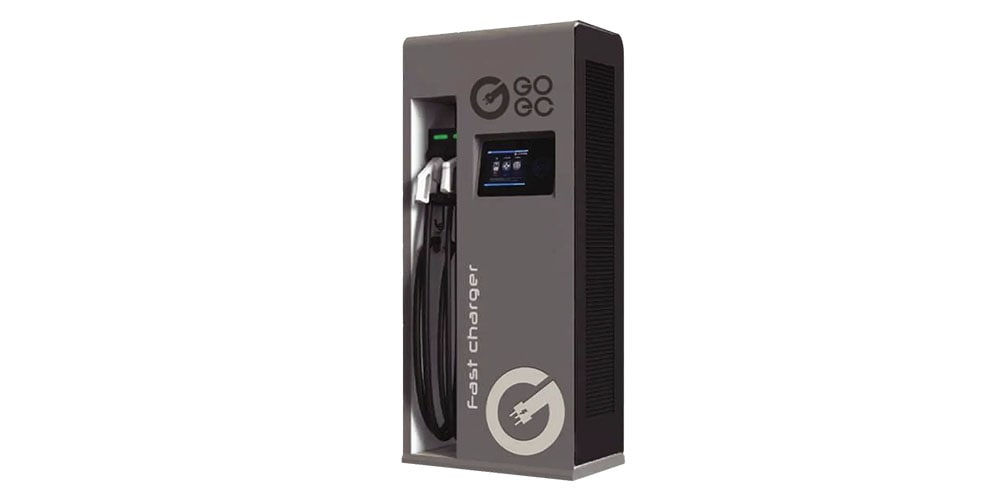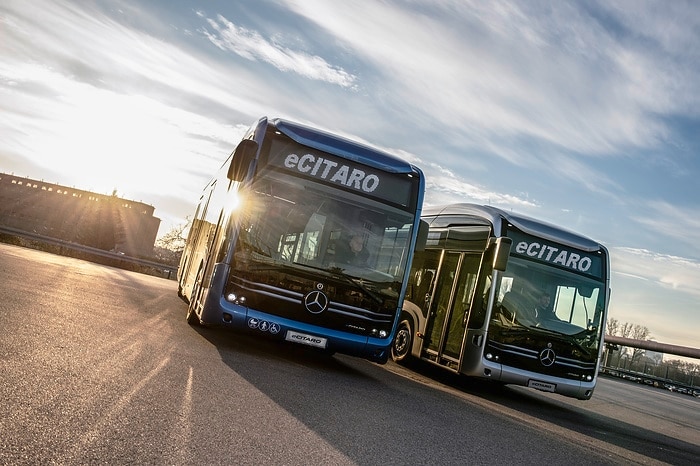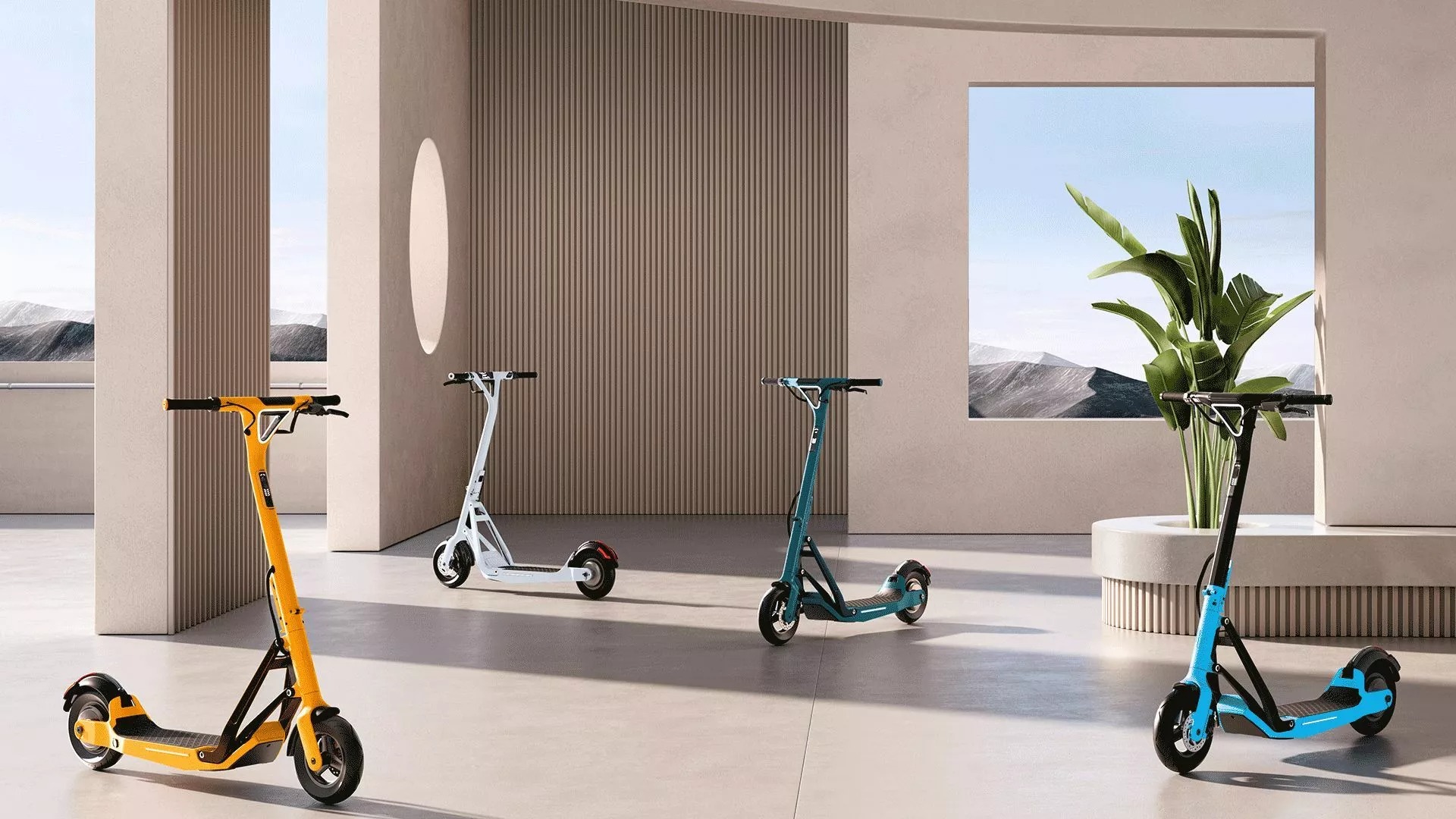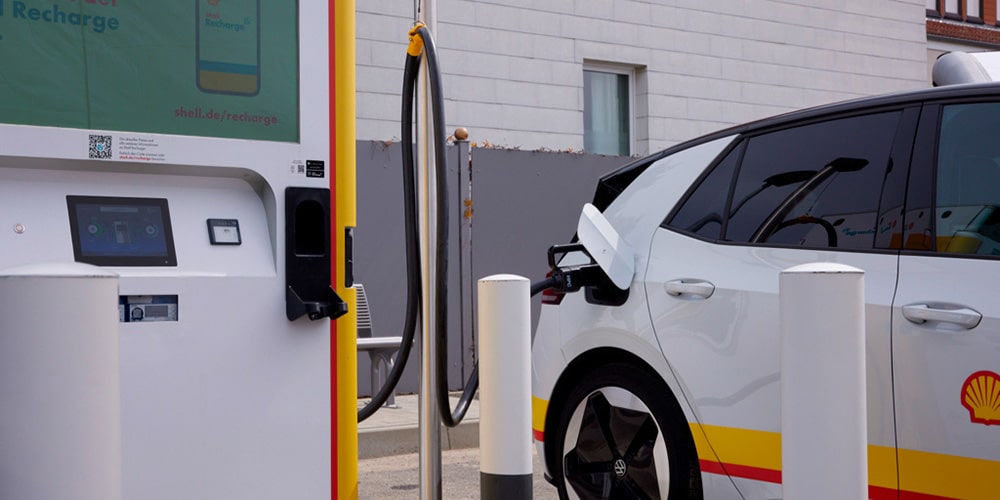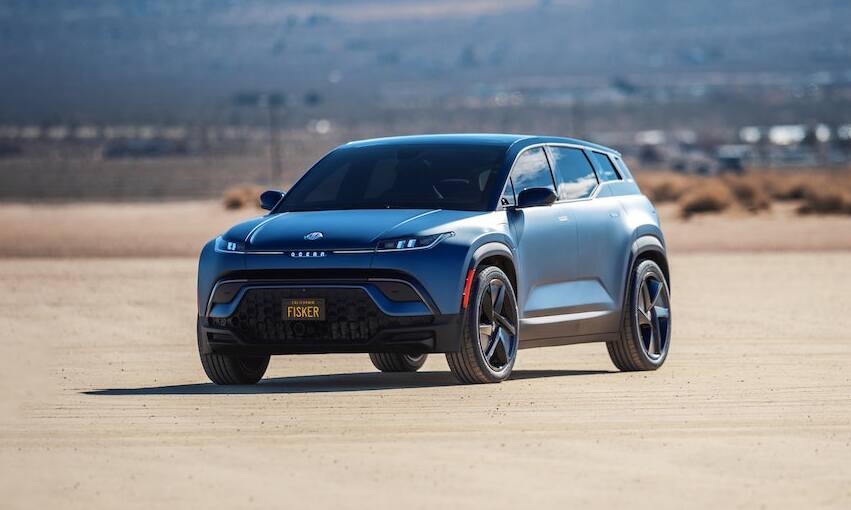In a thought-provoking insight into the evolving landscape of automotive design, Kia’s Design Boss, Karim Habib, foresees a departure from the traditional SUV concept in the coming years. With the increasing prevalence of electric powertrains, designers are discovering newfound creative freedom, reimagining the potential of future vehicles.
Kia, known for its bold and captivating styling, currently employs a design philosophy dubbed “Opposites United.” This innovative approach has given rise to visually stunning models like the Sportage, Sorento, EV6, EV9, and the awe-inspiring EV5 concept. While the EV9 represents the epitome of this philosophy, Habib believes that the era of the post-SUV is looming.
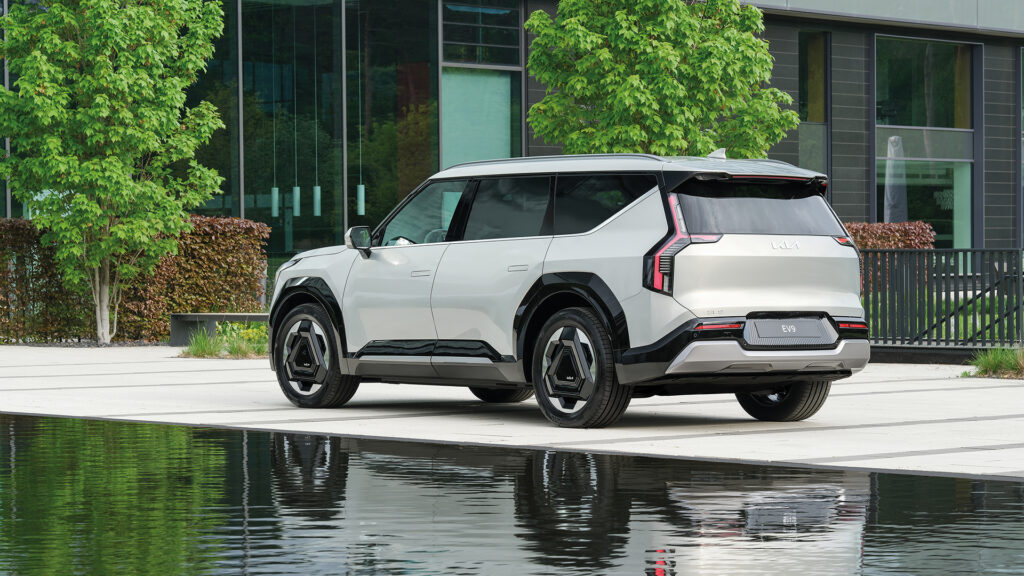
When questioned about the perpetual reign of SUVs in the automotive landscape, Habib humbly stated, “I don’t like to pretend that I can tell people what they’re going to be doing in the future. SUVs were maybe a response to people driving MPVs and becoming weary of them. The post-SUV is coming.”
Habib further emphasizes that electric powertrains offer more efficient utilization of space within SUVs. Without the constraints imposed by a traditional combustion engine, an electric SUV’s cabin can be expanded, liberating interior dimensions and allowing for fresh design possibilities. The absence of a transmission tunnel and the need for a large engine bay contribute to a more spacious and versatile cabin configuration.
In the pursuit of progress, Habib contends that vehicles need to visually convey technological advancements. An SUV that fails to reflect this evolution may struggle to remain relevant. Conversely, if SUVs can demonstrate progressive design elements, they stand a better chance of enduring. Ultimately, Habib posits that the key question lies in what these vehicles symbolize, rather than their specific typology.
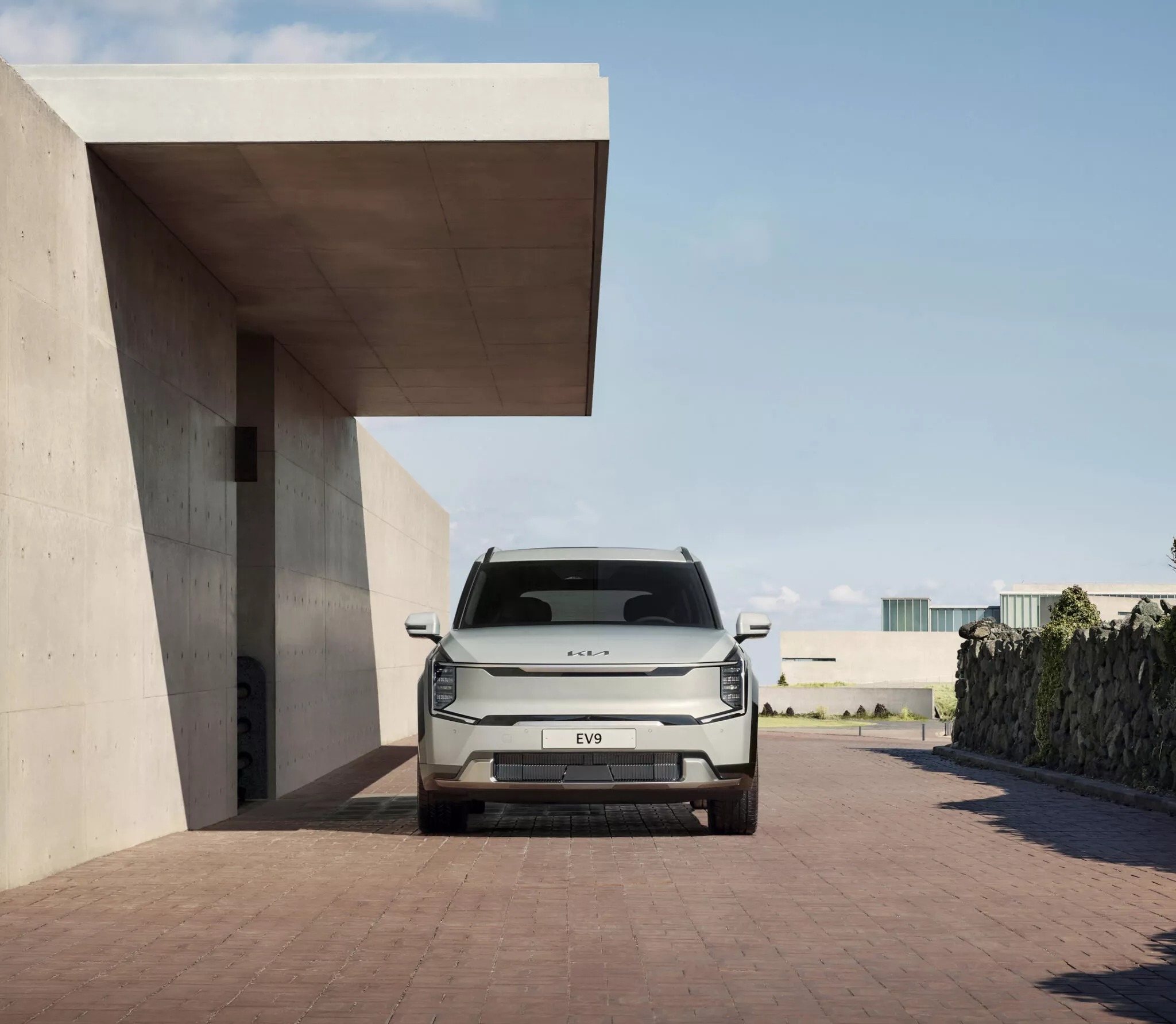
Interestingly, Habib expresses a distaste for the modern trend of SUVs attempting to achieve maximum aerodynamic efficiency at the cost of distinctive design. He remains an ardent admirer of vehicles like the Land Rover Defender and Jeep Wrangler, citing their timeless and uncomplicated forms as attributes worth preserving.
“A love for that authentic proportion is part of it,” Habib explained. “And, to be honest, the other reason is that EV SUVs are all striving to be super-sleek now, so we wanted to deviate from that and still achieve the desired aerodynamic efficiency to meet our range objectives.”
As Kia’s Design Boss challenges existing design philosophies and envisions a future beyond the traditional SUV paradigm, the automotive industry awaits with anticipation to witness the fascinating transformations that lie ahead.


